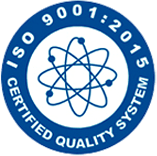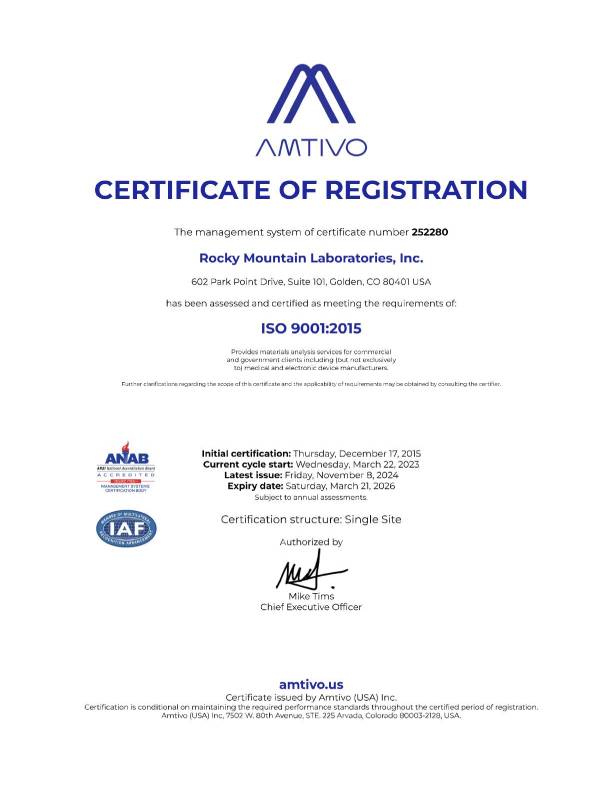Auger electron spectroscopy (AES) and X-ray photoelectron spectroscopy (XPS), also known as electron spectroscopy for chemical analysis (ESCA), are both surface-sensitive analytical techniques used to study the elemental composition and chemical state of materials. However, they are based on different principles and provide distinct information about the material.
- Principle of Detection:
- Auger Electron Spectroscopy (AES): In AES, the analysis is based on the Auger effect. When an inner-shell electron is ejected from an atom during X-ray or electron bombardment, an electron from a higher energy level may transition to fill the vacancy. The energy released in this process can be detected as an Auger electron, and the energy of the Auger electron is characteristic of the elements involved.
- X-ray Photoelectron Spectroscopy (XPS): XPS involves the photoelectric effect. When X-rays with sufficient energy are directed at a sample, they can eject core electrons from the atoms. The kinetic energy of the ejected photoelectron is measured, and this energy is related to the binding energy of the electron in the material.
- Depth of Analysis:
- AES: Auger electrons have shorter mean free paths than photoelectrons in XPS, resulting in a shallower analysis depth for AES. AES is generally more surface-sensitive than XPS.
- XPS: XPS provides information from a slightly deeper layer compared to AES, making it suitable for analyzing the top few nanometers of a material.
- Information Obtained:
- AES: Provides information about the elemental composition and chemical state of the surface. It is particularly sensitive to light elements.
- XPS: Provides information about the elemental composition, chemical state, and electronic state of the surface. It is effective for the analysis of a wide range of elements, including both light and heavy elements.
- Sensitivity:
- AES: Generally more sensitive for light elements.
- XPS: Can provide high sensitivity for a wide range of elements.
- Instrumentation:
- AES: Requires a specialized Auger electron spectrometer.
- XPS: Requires a specialized X-ray photoelectron spectrometer.
In summary, while both AES and XPS are surface-sensitive techniques used for elemental and chemical analysis, they differ in their underlying principles, depth of analysis, and sensitivity to different elements. The choice between the two techniques depends on the specific requirements of the analysis and the characteristics of the sample being studied.



